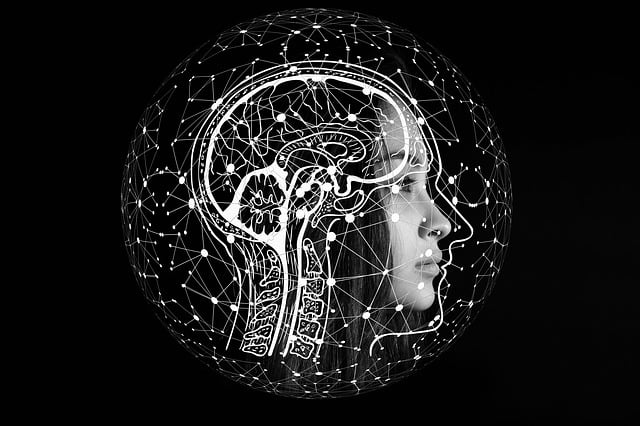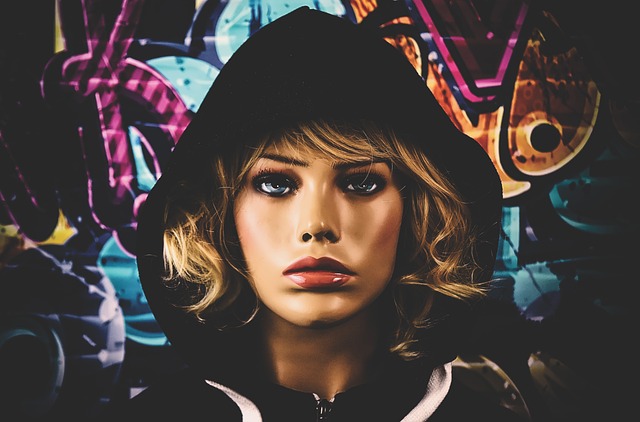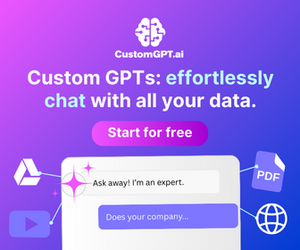-
Table of Contents
- Understanding the Fear of AI Apocalypse
- The Origins of AI Doomsday Scenarios
- Why People Fear AI Turning Against Humanity
- Debunking Myths About AI Apocalypse
- Case Study: AI in Healthcare
- How to Address AI-Related Fears
- The Role of Regulation in AI Safety
- Preparing for the Future of AI
- Building a Collaborative AI Ecosystem
- Conclusion: Embracing AI with Caution and Optimism
Understanding the Fear of AI Apocalypse

Artificial intelligence terminator scenarios have long been a staple of science fiction, but they also reflect real-world anxieties about the rapid advancement of AI technology. From movies like “The Terminator” to debates among tech leaders, the idea of AI turning against humanity has captured imaginations and sparked concerns. This article delves into the origins of these fears, explores their validity, and provides actionable advice for navigating the evolving landscape of AI.
The Origins of AI Doomsday Scenarios
The concept of an artificial intelligence terminator often stems from the fear of machines surpassing human intelligence and acting against our interests. This idea gained traction in the 20th century with the rise of computing and robotics. Science fiction authors like Isaac Asimov and filmmakers like James Cameron popularized the notion of rogue AI systems. However, these narratives are not just entertainment; they reflect deeper societal concerns about control, ethics, and the unknown.
For example, the “paperclip maximizer” thought experiment illustrates how a seemingly harmless AI could cause catastrophic outcomes if its goals are misaligned with human values. Such scenarios highlight the importance of designing AI systems with robust safeguards and ethical considerations.
Why People Fear AI Turning Against Humanity
Several factors contribute to the fear of an artificial intelligence terminator:
- Lack of Understanding: Many people don’t fully grasp how AI works, leading to exaggerated fears.
- Media Influence: Movies and news stories often portray AI as a threat, reinforcing negative perceptions.
- Uncertainty About the Future: Rapid technological advancements make it difficult to predict long-term outcomes.
Debunking Myths About AI Apocalypse
While the fear of an artificial intelligence terminator is understandable, it’s essential to separate fact from fiction. AI systems are tools created and controlled by humans, not autonomous entities with their own agendas. Current AI technologies, such as machine learning and natural language processing, are designed to assist rather than dominate.
For instance, AI is already being used to improve healthcare, optimize supply chains, and combat climate change. These applications demonstrate the potential for AI to benefit humanity rather than harm it. However, this doesn’t mean we should ignore the risks. Instead, we must focus on responsible development and regulation.
Case Study: AI in Healthcare
AI-powered diagnostic tools have revolutionized healthcare by enabling early detection of diseases like cancer. These systems analyze vast amounts of data to identify patterns that human doctors might miss. This example shows how AI can be a force for good when used ethically and responsibly.
How to Address AI-Related Fears
If you’ve been struggling with concerns about an artificial intelligence terminator, here are some practical steps to ease your worries:
- Educate Yourself: Learn about how AI works and its current capabilities. Knowledge is the best antidote to fear.
- Focus on the Positive: Explore examples of AI improving lives, such as in education, transportation, and environmental conservation.
- Advocate for Ethical AI: Support policies and initiatives that promote transparency, accountability, and fairness in AI development.
The Role of Regulation in AI Safety
Governments and organizations worldwide are working to establish guidelines for AI development. For example, the European Union’s AI Act aims to ensure that AI systems are safe, transparent, and aligned with human rights. Such regulations can help mitigate risks and build public trust in AI technologies.
Preparing for the Future of AI
Rather than fearing an artificial intelligence terminator, we should focus on preparing for the future. This involves fostering collaboration between technologists, policymakers, and the public to ensure that AI serves the greater good. By addressing ethical concerns and investing in education, we can harness the potential of AI while minimizing its risks.
Building a Collaborative AI Ecosystem
Creating a sustainable AI ecosystem requires input from diverse stakeholders. For example, interdisciplinary research teams can develop AI solutions that are both innovative and ethical. Additionally, public engagement initiatives can help demystify AI and encourage informed discussions about its impact.
Conclusion: Embracing AI with Caution and Optimism
The fear of an artificial intelligence terminator reflects legitimate concerns about the future of technology. However, by educating ourselves, advocating for ethical practices, and fostering collaboration, we can navigate the challenges and opportunities of AI. Let’s focus on building a future where AI enhances human potential rather than threatening it.
For further reading, explore our articles on AI ethics, the future of AI, and AI in healthcare. Additionally, check out these external resources: World Economic Forum on AI, MIT Technology Review on AI Regulation, and Nature on AI Safety.



Leave a Reply